Collector Zhang Lianzhi's House - The Porcelain House
- OGP
- May 15, 2017
- 6 min read
Updated: Oct 5, 2022
By OGP Reporters / Members Contribute File Photos
Oh Good Party
The serious collectors see their collections as having a broader power – to convey messages not just about themselves, but about the world as a whole. They have little regard for profit. For them, "obsessed" is important for other reasons. The best way to understand the underlying drive of art collecting is as a means to create and strengthen social bonds, and as a way for collectors to communicate information about themselves and the world within these new networks. They often talk about the importance not of competition but of the social networks and bonds with family, friends, scholars, visitors and fellow collectors created and strengthened by their collecting.
Zhang Lianzhi, a porcelain collector, was born into a wealthy businessman’s family in Tianjin in 1967, and has a profitable Cantonese-style restaurant chain. His ancestors were Manchu nobles, and his collection of antiques was mainly influenced by his family. Over the past 30 years, he has constantly expanded his collection of which covered everything, from the Xia and Shang dynasties to the Ming and Qing dynasties, including porcelain, stone carvings, gatehouses, and furniture. He owns three private museums and was once recognized by the Shanghai China Records Headquarters as the person with the largest collection of Cultural relics. The Chinese Ancient Porcelain Museum is one of them. It took four years to decorate and renovate the old house with millions of ancient porcelain pieces, also known as Porcelain House, China House. Zhang Lianzhi hopes to bring Chinese porcelain to the world again, and draw public attention to Chinese culture through the magic of architectural art and ancient porcelain.
Porcelain House, also known as China house, is a contemporary museum of pottery and antiques in Tianjin, China.
Located on the Chifeng Road of the Heping District in Tianjin, the Porcelain House is a French-style building embellished by porcelain. Standing before the house, tourists will be amazed by the colorful chinaware cemented onto the wall. The windows, doors, pillars, eaves and roofs are all exquisitely decorated with different chinawares. Moreover, tourists will find beautiful porcelain decorations on the handrails, ceilings, and walls inside the house. The house is so extraordinary that it has no parallel in the world.
The first built in the 1920s, the Porcelain House covers a total area of 5,000 square yards (4,200 square meters). Adopting the architectural principle of eclecticism, the building is in French style as a whole but with an Italian-style corridor. It was inhabited by contemporary Chinese diplomat Huang Rongliang. In September 2002, Zhang Lianzhi, a businessman, artist and collector, bought the time-honored building at the price of CNY 30 million. He decided to transform it into a porcelain building to spread chinaware culture.On September 3rd, 2007, the house was open to the public. Since then, it has become a landmark in Tianjin. On September 23rd, 2010, it was listed by the US Huffington Post as one of the fifteen museums with unique designs, together with the Louvre Museum in Paris, French, and the Denver Art Museum in Colorado, America.
“I want to share my enthusiasm about the collection with many more people. For the past 20 years, I myself have found great fun in studying the stories and history behind the ceramics. It would be a pity and waste if these fabulous works of art were appreciated by myself only. I want everyone to pay attention to Chinese culture, so that everyone can realize the charm of Chinese porcelain.” Mr. Zhang said.
More than CNY two billion has been invested into the decoration of the Porcelain House, using more than 700 million porcelain pieces, 4,000 ancient china vases, 400 white marble sculptures, and 40 tons of crystal and agate. Moreover, 13,000 ancient plates and bowls, 300 cat-shaped porcelain pillows, 300 white marble lions during the Tang Dynasty (618-907) and Song Dynasty (960-1279) have been used in the embellishment. The porcelain pieces come from different historical periods. The celadon in the Jin Dynasty (265-420), the tri-colored glazed pottery of the Tang Dynasty, The Jun wares and Longquan celadons in the Song Dynasty, the blue and white porcelains in the Yuan Dynasty (1271-1368) and Ming Dynasty (1368-1644) and the famille-rose enamel porcelains in the Qing Dynasty (1644-1911) can all be found on the walls in the house. All of them are cemented and glued to become part of the building.
It combines the elements of traditional Chinese culture with the Art Nouveau.
On the roof of the building circles a gigantic dragon adorned by chinaware with a length of 840 yards (768 meters) and a width of 0.87 yards (0.8 meters). Even the drainpipes outside of the house are embellished with crystal and cat-shaped porcelain pillows. Perhaps the most impressive are the four “China dragons” entwining the exterior wall of the building. Each dragon is more than 200 meters long and is pieced together from thousands of porcelain pieces. They symbolize the power of ancient China and are one of the most dominant features in Chinese architecture. Furthermore, the house dexterously combines traditional elements with Chinese culture. The outside of the wall is decorated by vases, and they are called "Walls of Peace". Because "vase" sounds like "peace" in Chinese, the designers used vases to wish for peace and safety. Similarly, white marble sculptures and rock images are used frequently to symbolize good luck and chance. At last, the vivid dragons and phoenixes on the eaves symbolize auspice and prosperity.
In the interior decoration, a large number of ceramic pieces are also used for the ceiling and armrests. There are more than 200 pieces of calligraphy and painting works imitating masters at home and abroad, all of which are collaged with ceramic pieces of different colors. For example, Zhang Xuan's "Dancing and Training" in the Tang Dynasty, Su Shi's "Withered Wood and Strange Rocks" in the Song Dynasty, Zhang Daqian's "Lotus" in modern China, Qi Baishi's "Knowing Fish", foreign painters like Picasso's "Self-Portrait", Daqing Finch's "Mona Lisa" etc. Hanging around in a porcelain house is not only for appreciating porcelain, but also for viewing paintings. The combination of ancient porcelain and famous paintings gives people a strong sense of shock and beauty. In addition, the hundreds of precious pieces of furniture from Ming Dynasty and Qing Dynasty.
All of precious treasures and porcelains make the house inestimable and splendid. Most of the porcelains can be traced back hundreds or thousands of years. The house was renovated from a colonial-era villa built in the 1920's. Experts have evaluated the worth of the whole museum at 9.8 billion yuan ($1.57 billion). The impetuous people are keen to use money to measure everything in our time. In fact, every thing in the house is priceless because collectors have taken the greatest concentration and painstaking efforts to put their every collections.
Zhang Lianzhi's porcelain house is often referred to as "the practice of ruining the world". He presents the charm of China in the most direct, shocking and crazy way. He makes ancient Chinese porcelain on the world stage, with new art form exudes a dazzling brilliance. It is no longer hidden in the safest place, and it is no longer covered with glass to see from a distance, but it is by your side.
The serious collectors see their collections as having a broader power – to convey messages not just about themselves, but about the world as a whole. They have little regard for profit. For them, "obsessed" is important for other reasons. The best way to understand the underlying drive of art collecting is as a means to create and strengthen social bonds, and as a way for collectors to communicate information about themselves and the world within these new networks. They often talk about the importance not of competition but of the social networks and bonds with family, friends, scholars, visitors and fellow collectors created and strengthened by their collecting. The collector conducting party guests through them private art gallery or museum has the same goals to telling new friends about themselves, they sparking their interest and discussing a specific artwork together.
Tips
1. Tickets RMB 50; children, the elderly, the disabled, and active military personnel are free; students and local residents can purchase discounted tickets for RMB 30.
2. March 16 - November 14, open 9 : 00 am - 6 : 00 pm; November 15 - March 15, open 9 : 00 am - 5 : 30 pm.

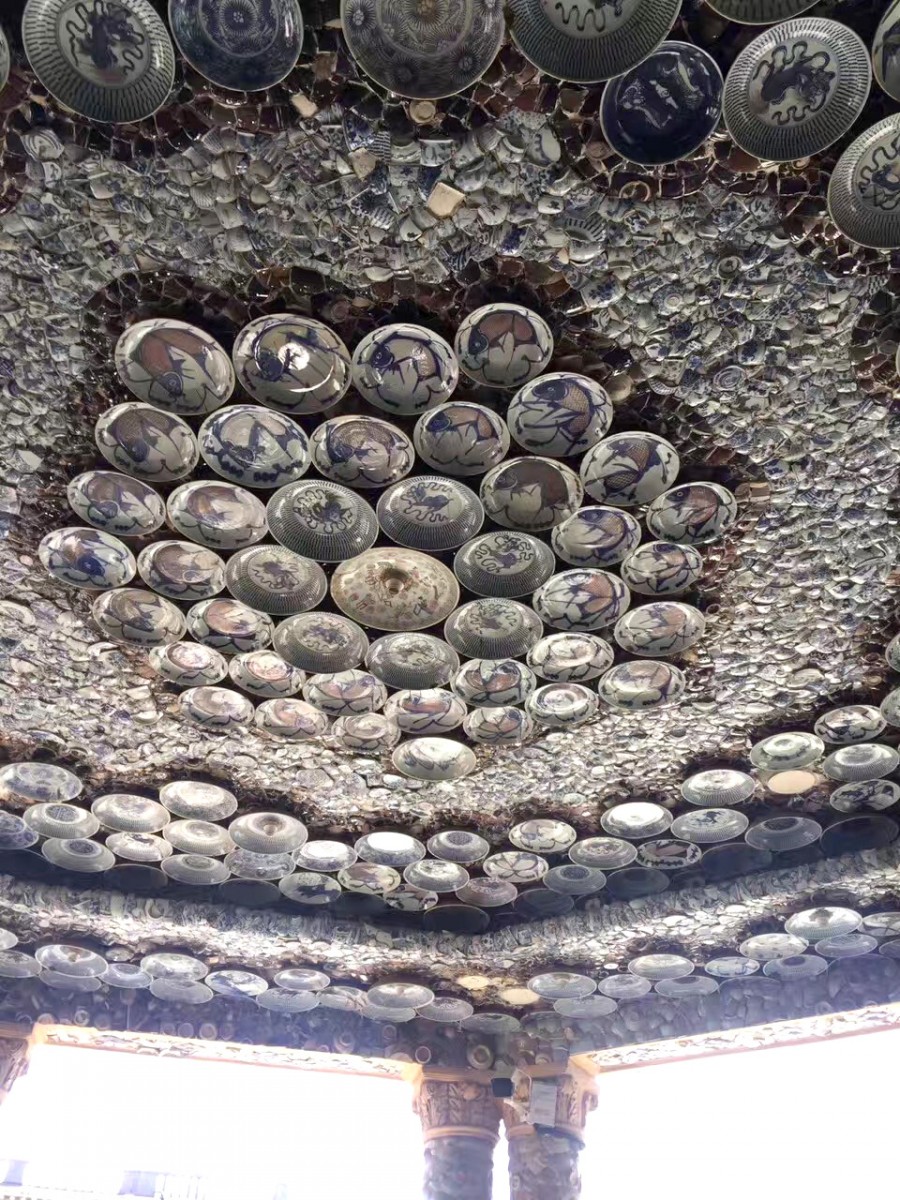

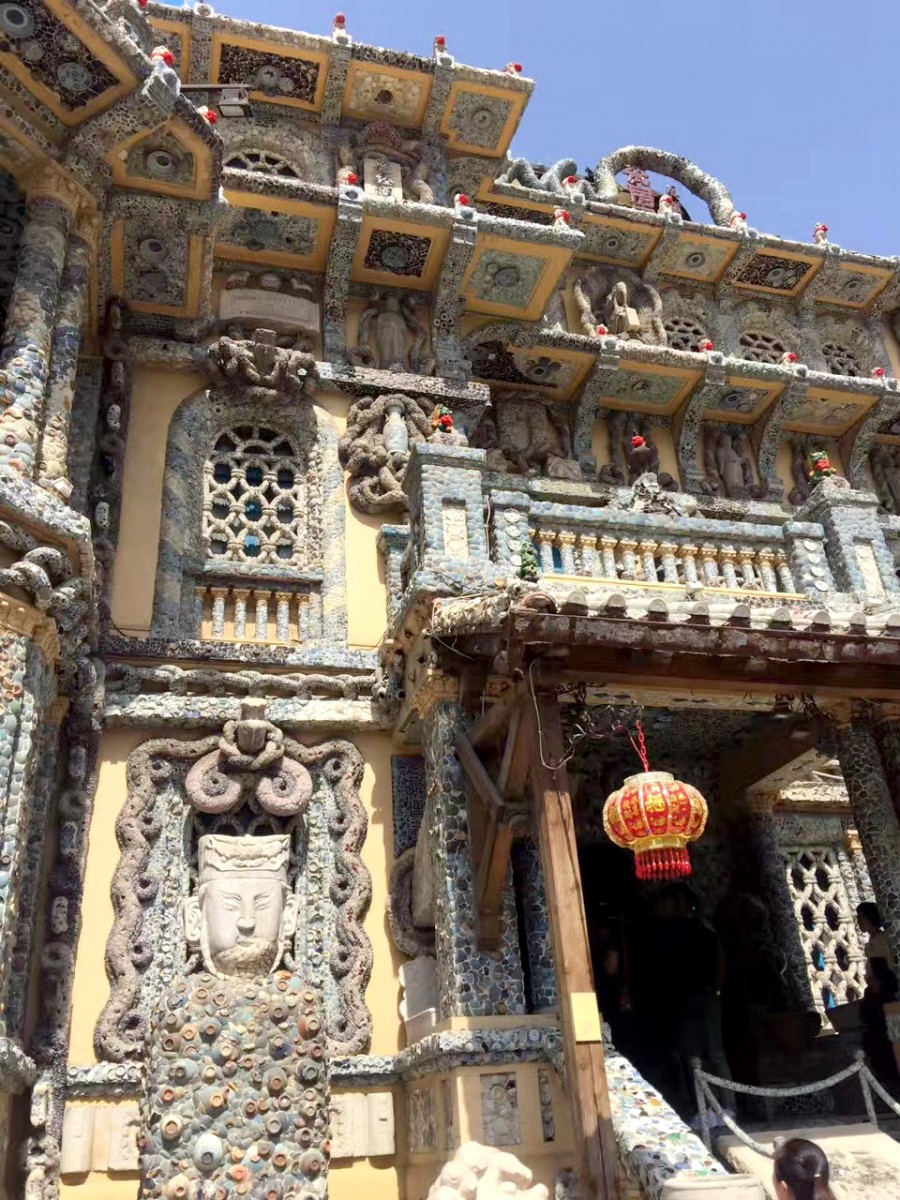

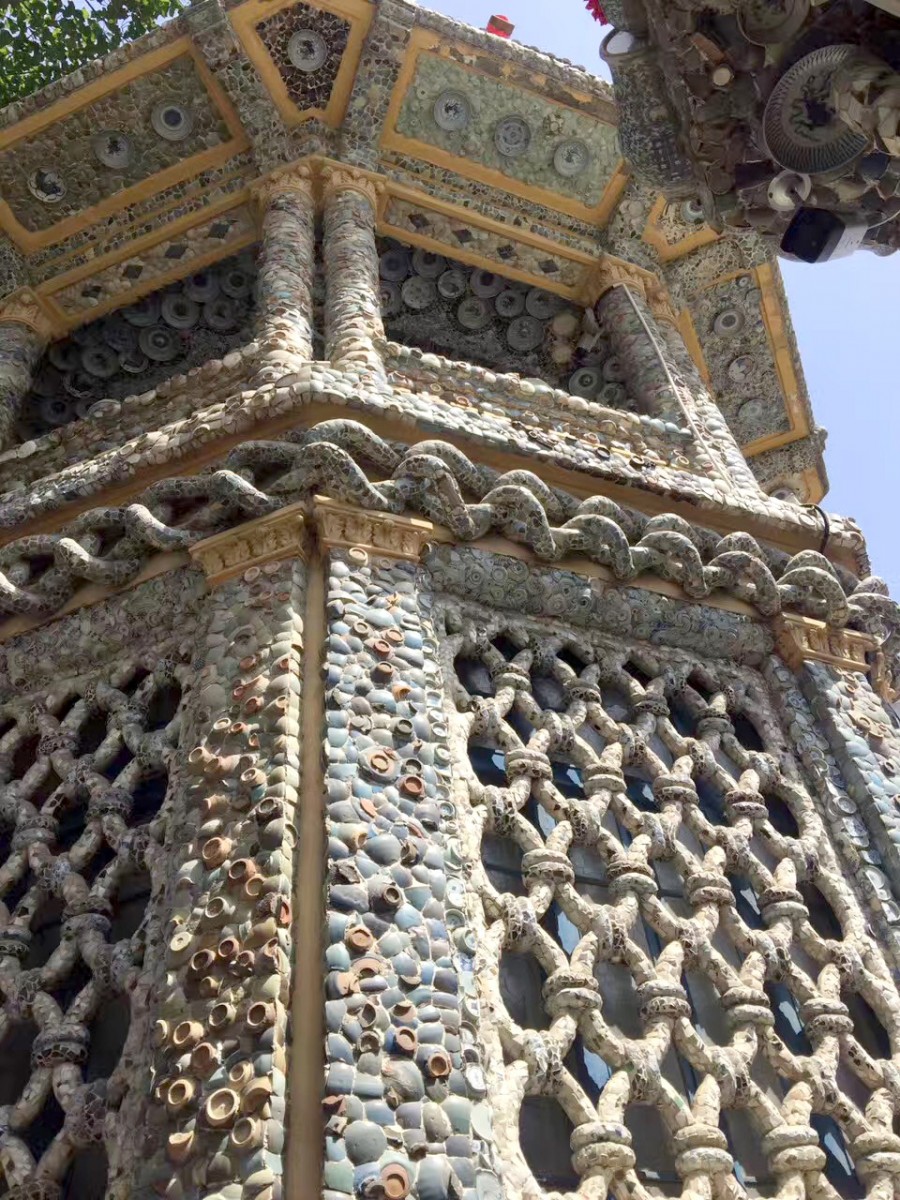



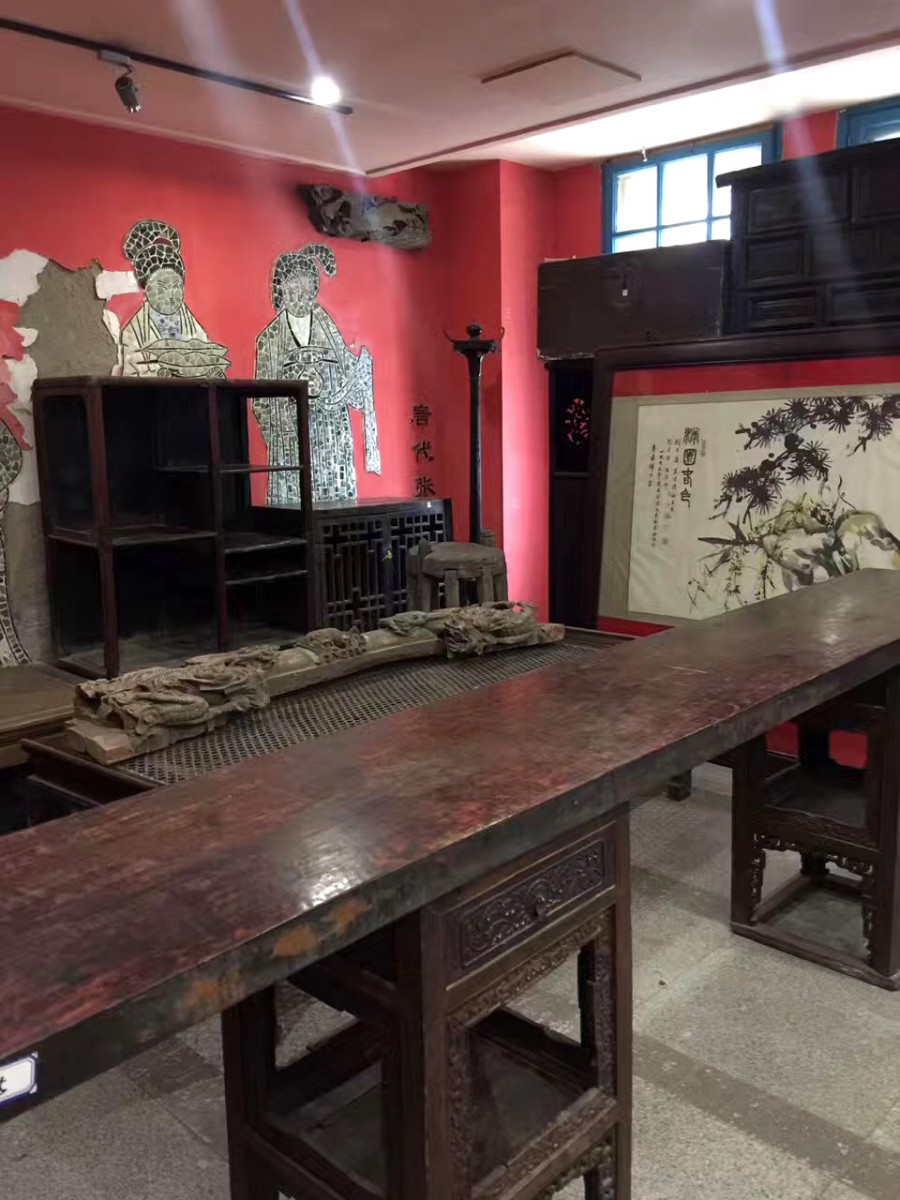

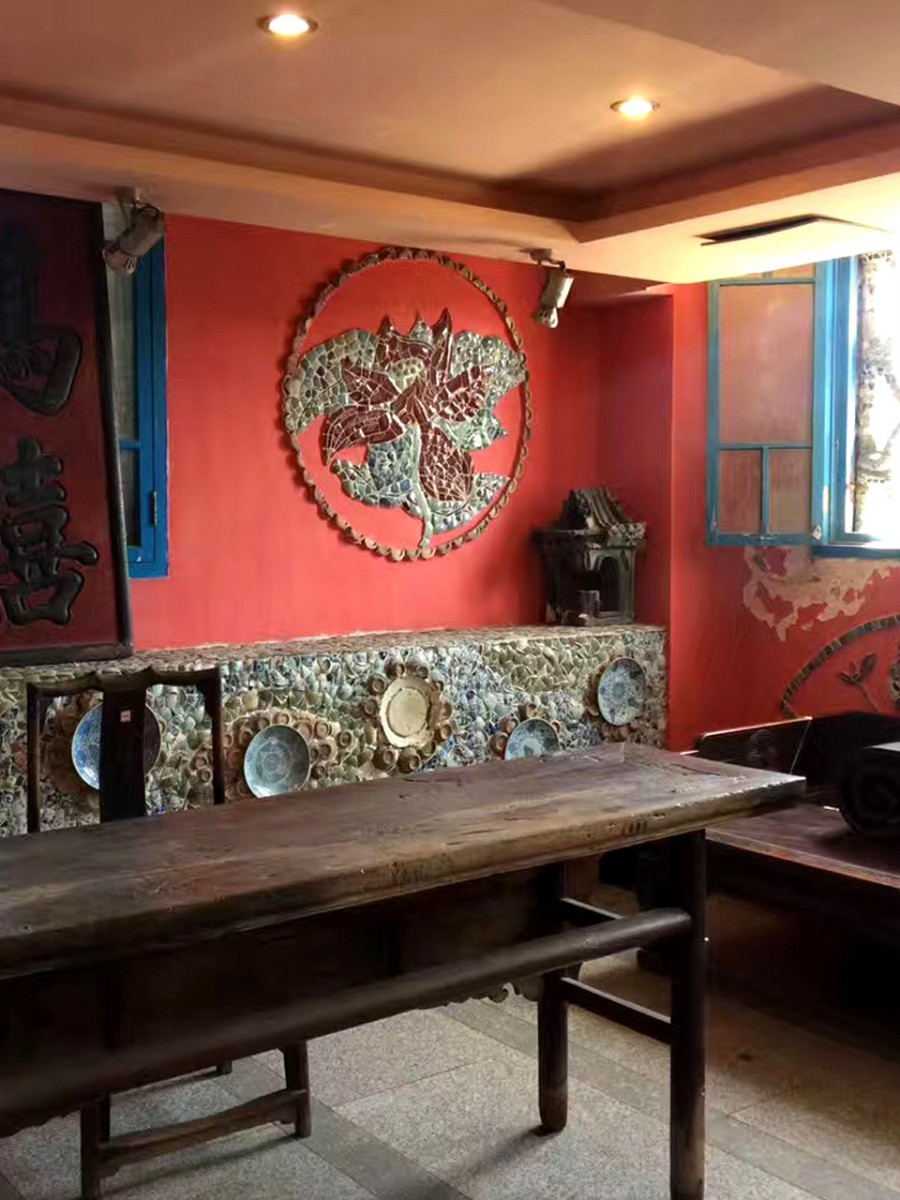
Comments